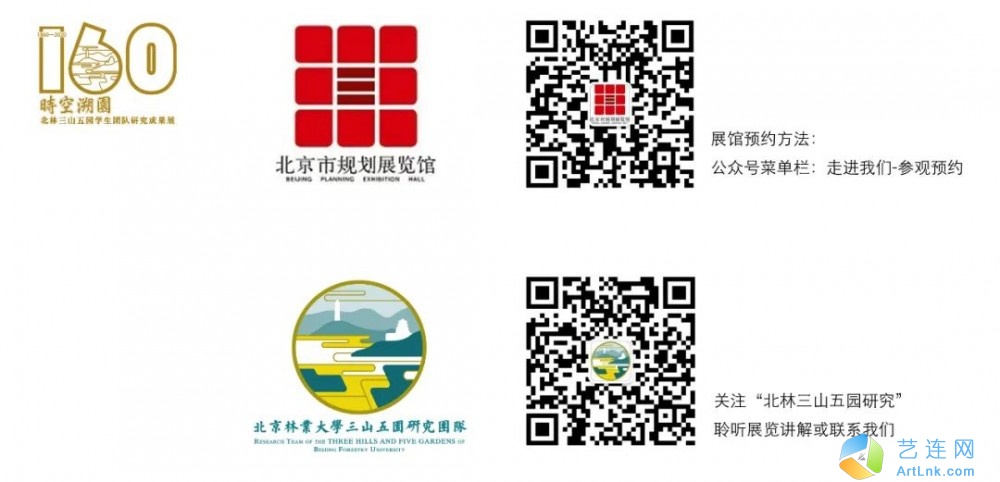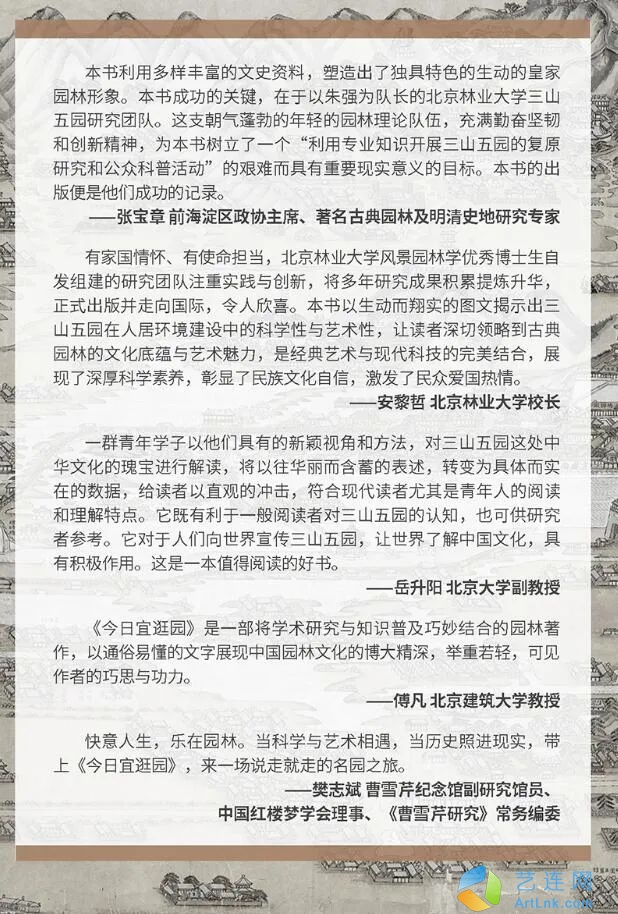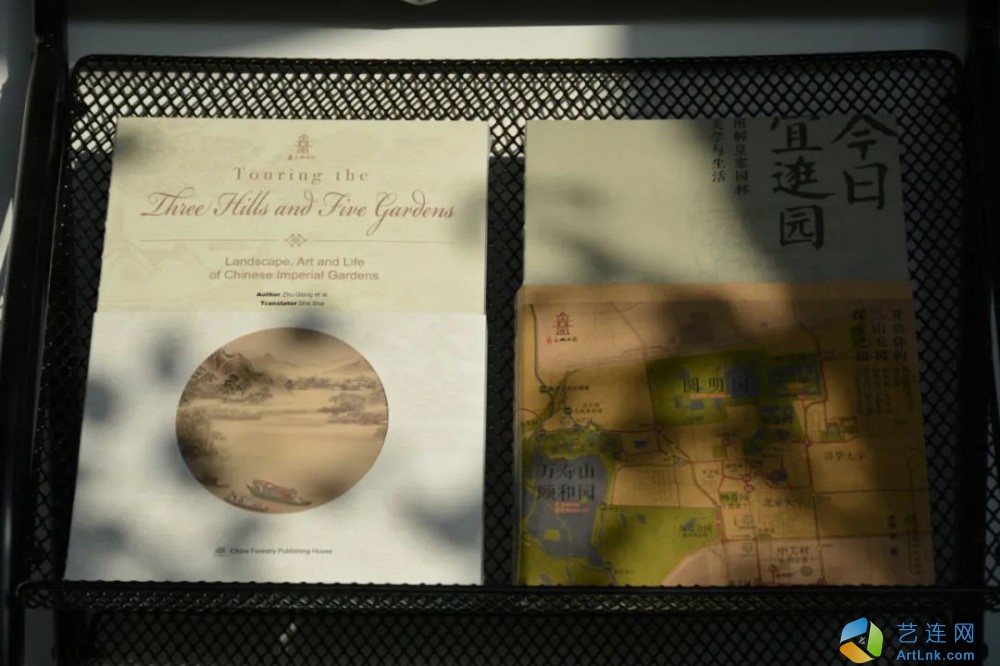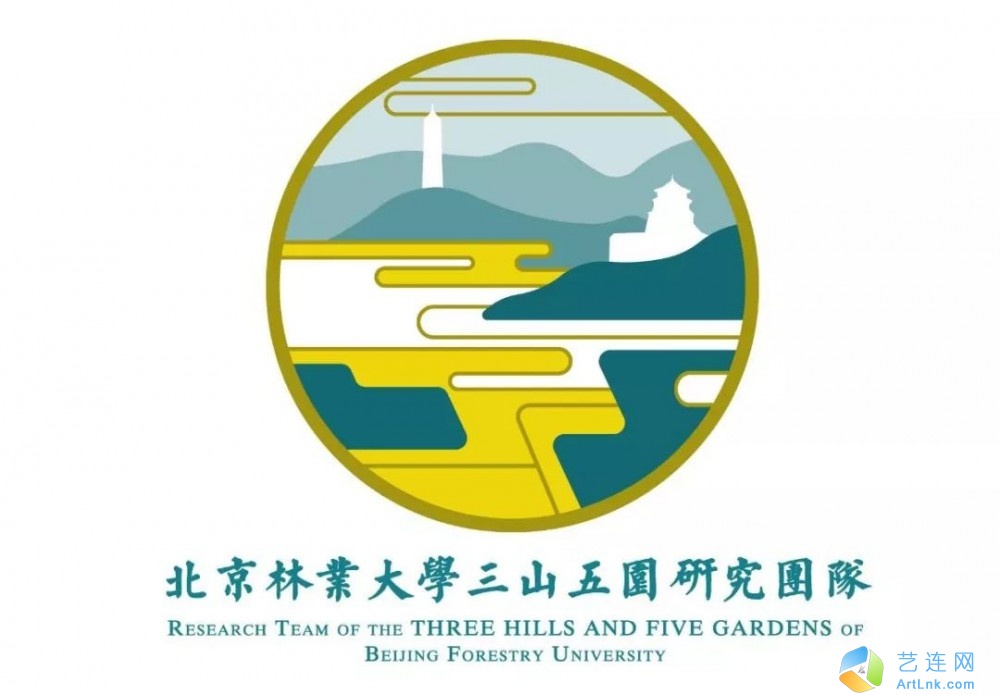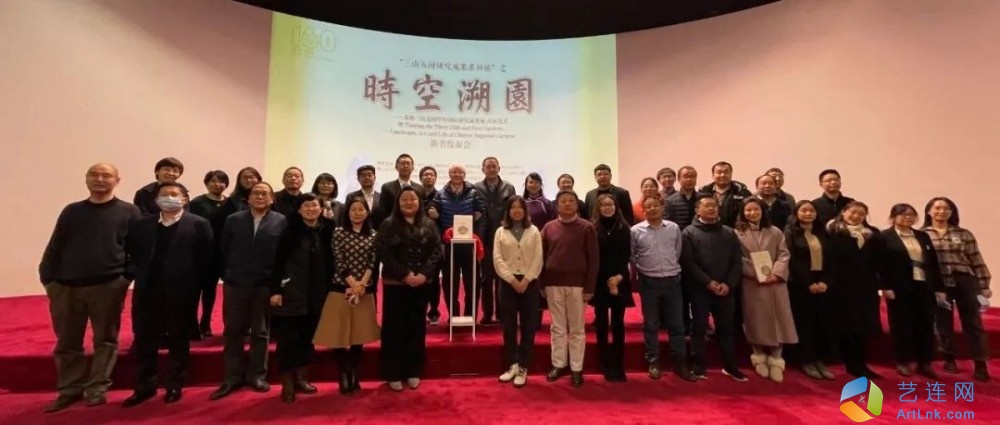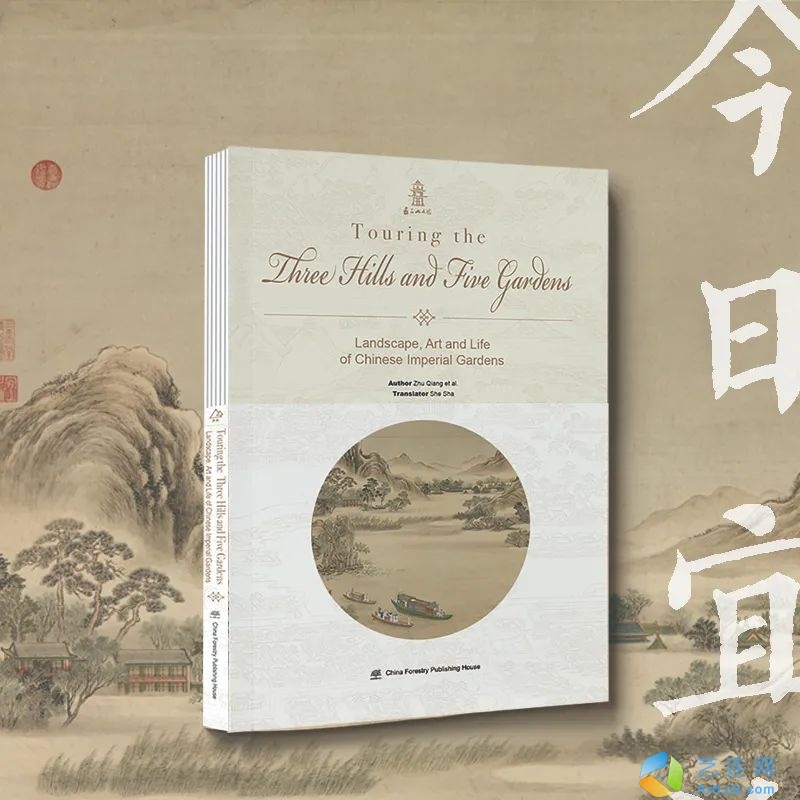
作者:Zhu Qiang (朱强)/ Wang Yize (汪艺泽)/ Cong Xin(丛鑫)/ Fu Jing(付菁)/ Song Qi(宋琪)/ Cao Shuyi(曹舒仪)/ Du Yican(杜依璨)/ Guo Jia(郭佳)
译者:She Sha (佘莎)
出版社:中国林业出版社
出版时间:2020年9月
上市时间:2020年12月
页数:208
装帧:裸脊线装(精装)
ISBN:978-7-5219-0791-9
Imperial gardens were important part of the imperial life in ancient China. They are also an important category of Chinese gardens. Lingyou of Zhou dynasty, Epang Palace of Qin dynasty, Shanglin Palace of Han dynasty, Daming Palace of Tang dynasty, Genyue of Song dynasty, and Taiye Pond of Yuan dynasty, etc., are all the crowning art achievements of their respective dynasties. There, episodes of historical romances have been staged one after another.
In the Qing dynasty, the last feudal dynasty in the Chinese history (1644—1911), the emperors were not confined to residing in the Forbidden City compound. Instead, 7 generations of the emperors, including Shunzhi, Kangxi, Yongzheng, Qianlong, Jiaqing, Daoguang and Xianfeng, chose to continuously build luxurious and comfortable palaces on a beautiful and fertile plot of land in the western suburbs of Beijing. For this purpose, the most skillful craftsmen in the country and huge sums of imperial funds were mobilized. The generations of the Qing emperors created 5 large imperial gardens across the 3 famous hills and the vast tracts of wetland around them. Each of them spent at least a half of the year in average working and residing there. The gardens were densely surrounded by government institutions, smaller gardens granted by the emperors to their clans or ministers, religious temples, imperial guard barracks, water conservancy facilities, farmlands and villages. These elements compound to make up the THFG, an imperial political center on the outskirts of the capital. At its prime, this garden cluster covered a larger land area even than Beijing. That is precisely the focus of concern in this book.
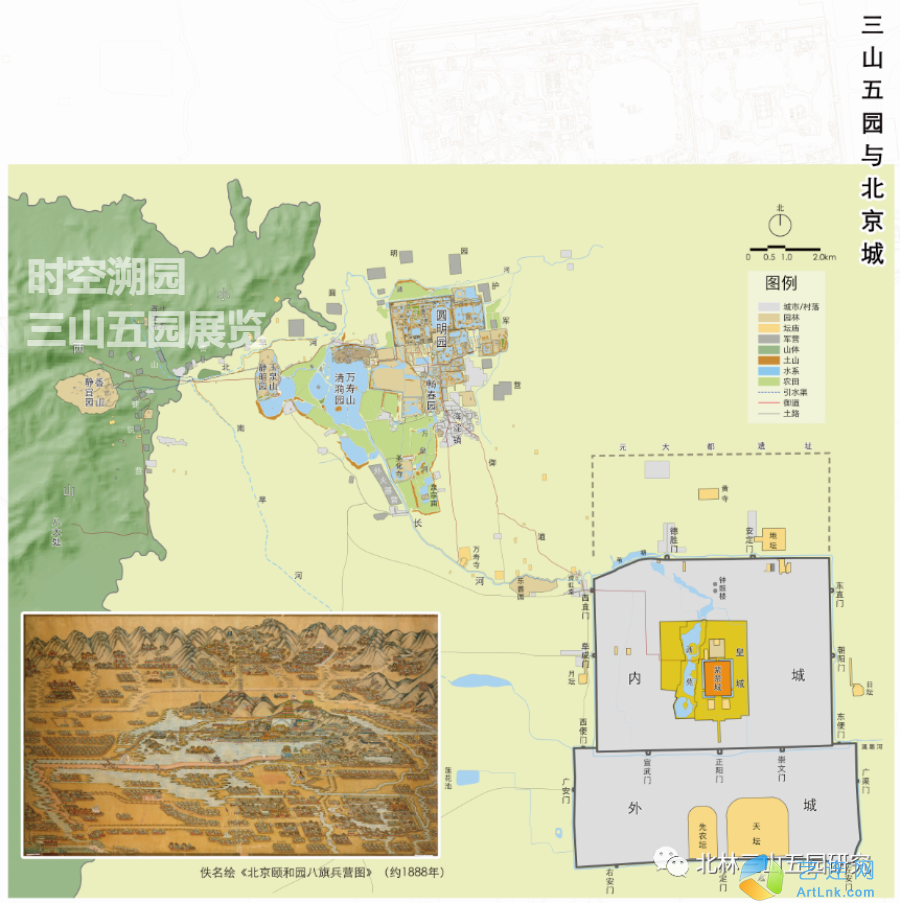
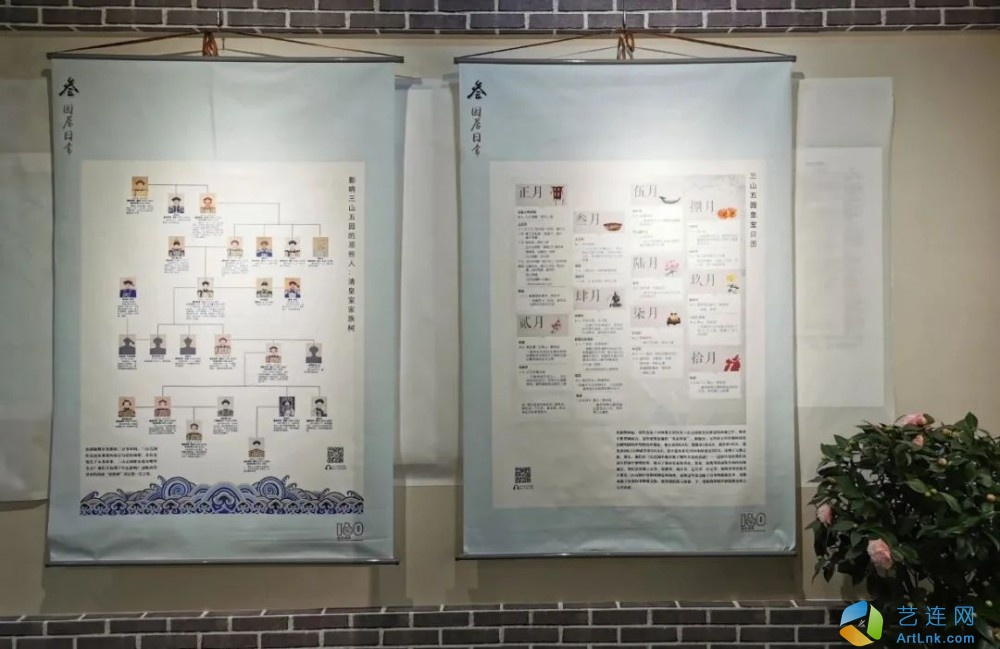
The term "THFG" outlines the core elements of this area—the imperial gardens. More exactly, it refers to the three hills and the three gardens built on them—the Fragrant Hills cum Jingyi Yuan, the Jade Spring Hills cum Jingming Yuan and the Longevity Hill cum Yihe Yuan (also known as Summer Palace, named Qingyi Yuan before Guangxu period)—which were all travel palaces of the emperors for worship and pleasure, plus two other gardens, Changchun Yuan and Yuanming Yuan (also known as the Old Summer Palace). They were detached palaces inhabited by the imperial family most of the year. According to statistics, in the middle to late Qing dynasty (the first half of the 19th century), the THFG region at least included 10 imperial gardens and 14 granted gardens. The total land area was as large as 1,175.6 hm². Imperial gardens covered 85.8% of the area. Their total area was approximately 16 times the size of the Forbidden City. Because of their extraordinary artistic taste, in the 18th to 19th century, they were brought to fame in Europe by missionaries' letters and paintings, making "Chinoiserie" a symbol for the aesthetic vogue of that time.
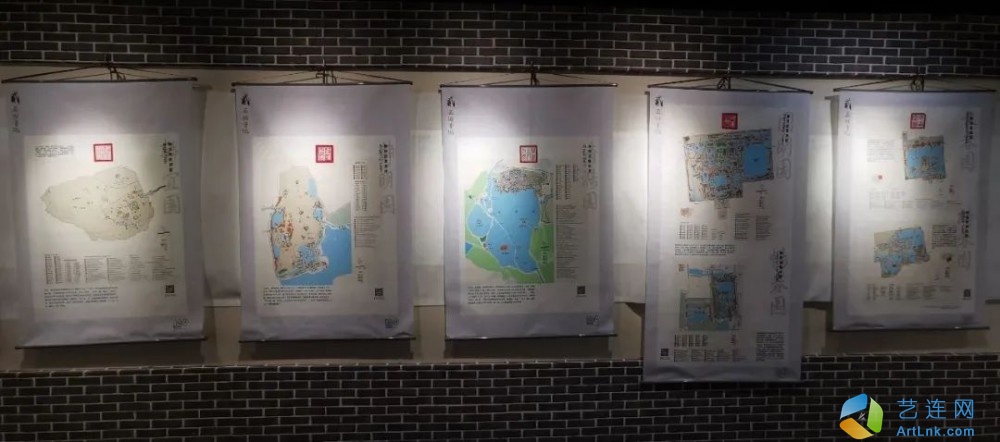
(手机查看表格时,格式可能显示有误)
Names of Main Gardens(完整版表格请查看本书附录Glossary)
| English Name |
Chinese
Name |
Paraphrase |
| Three Hills and Five Gardens
(abbr. THFG) |
三山五园 |
-
|
| Longevity Hill |
万寿山 |
- |
| Jade Spring Hills |
玉泉山 |
- |
| Fragrant Hills |
香山 |
-
|
| Yuanming Yuan
(Old Summer Palace) |
圆明园 |
The Perfect and Wise Man's Garden |
| Changchun Yuan |
畅春园 |
Garden of Smooth Spring |
| *Qingyi Yuan |
清漪园(颐和园的旧称) |
Garden of Clear Water and Ripples |
| Yihe Yuan
(Summer Palace) |
颐和园 |
Garden of Recuperating Harmony |
| Jingming Yuan |
静明园 |
Garden of Tranquility and Brightness |
| Jingyi Yuan |
静宜园 |
Garden of Pleasant Tranquility |
Frustratingly, the decline of feudal dynasticism exposed the THFG to severe devastation by the western invaders in 1860. The Anglo-French Allied Forces, although composed of less than 20 thousand men, not only captured the capital of the Qing empire in a short time, but also looted the imperial gardens and set them on fire. This evil conduct is undoubtedly a black mark in the human history of civilization and a heavy loss for the oriental culture. For this reason, the great French man of letters Victor Hugo once voiced strong condemnation against the war. In the last years of the dynasty, the Qing monarchs tried hard to restore the gardens with the poor stock of budget available, only to prove their decline to be irreversible. Today, the entire area has taken on a completely new look. The imperial temple for offering sacrifice to Emperor Kangxi is overshadowed by the bustles and hurries of modern streets. The barbicans for drilling special ladder troops are standing by themselves in the wooded hills. The streams once meandering through the gardens are entrapped in cement pools.
Although more than one and a half centuries has elapsed, the culture and art contained in the THFG still glitters in a unique glory. Its rise and fall are inscribed in our brains, offering us profound lessons and inspirations.
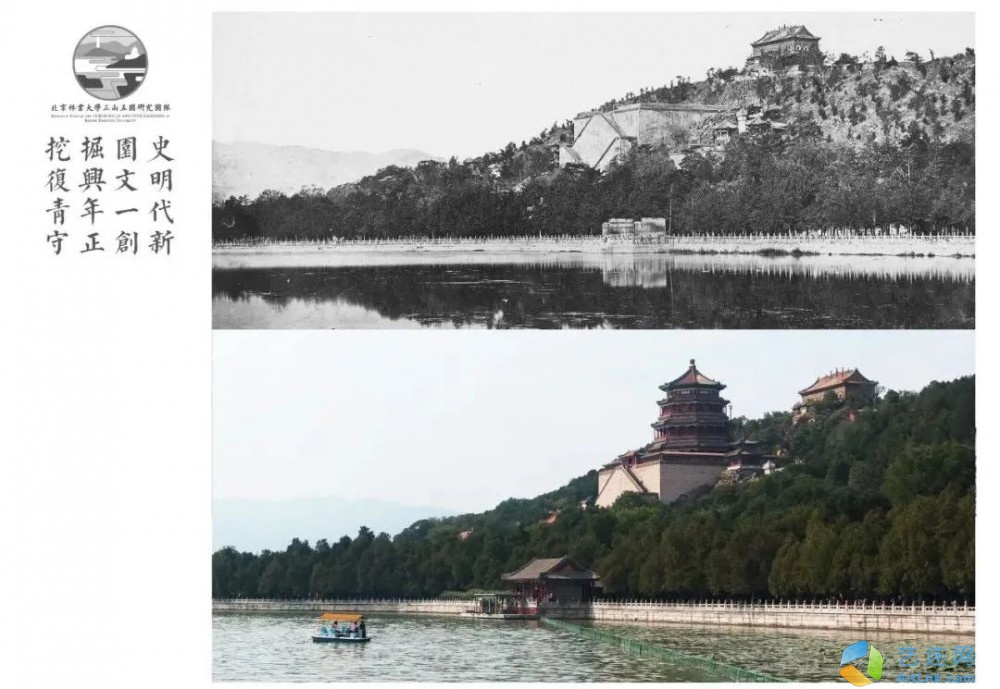
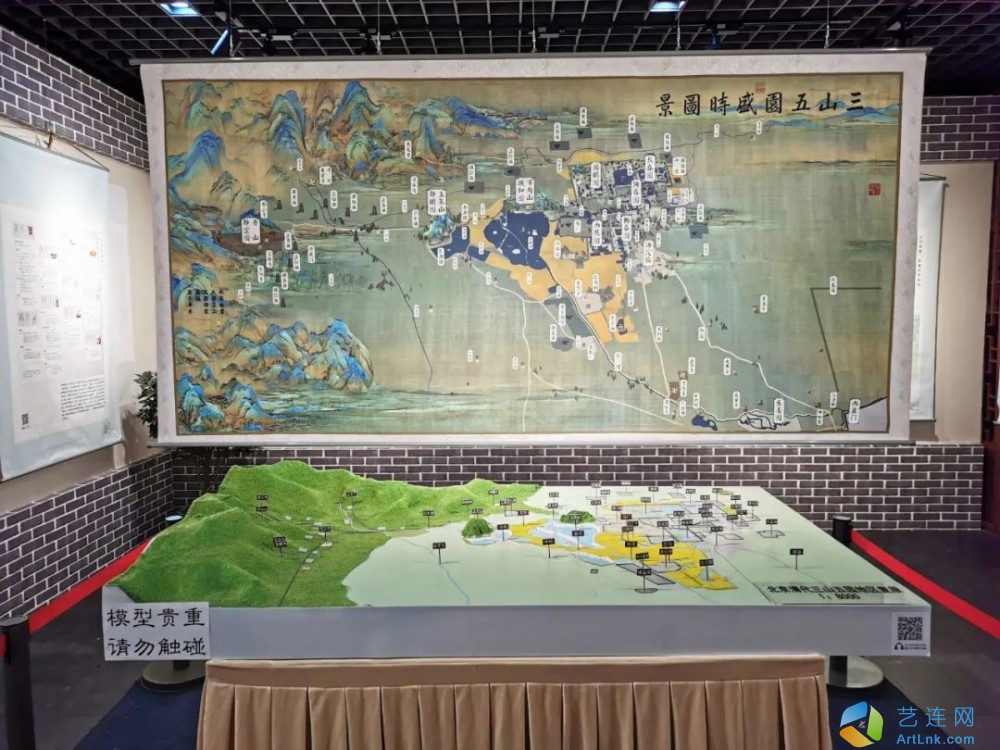
When we open a design sketch drawn by ancient craftsmen, a garden scene depicted by court painters, an imperial verse written by the emperor, or a court file transcribed by the ministers, we will be amazed that the THFG is no longer a fragment of history or an empty heritage site. Nor is it a pure garden landscape by itself. It is an epitome of a real-life ancient society comprised of the imperial family, ministers, farmers, merchants, craftsmen, monks, and armymen. Here there are not only the venues for political diplomacy and military drills, but also the daily routines and artistic lives of the imperial family, as well as the painstaking elaboration of officials and the sweating labor of civilians... In fact, everyone that appeared there and everything that occurred there have helped make this cultural heritage more vivid and lively. The more we know about the THFG, the more firmly we believe that its lost splendor is well worth being known by more people.
The authors of this book are students majoring in the art of the traditional Chinese garden. With rigorous attitude, simple words and vivid pictures, they restored the creation process of the THFG and the lifestyle of the ancients in these gardens, and interpreted the underlying scientific, cultural and artistic values. Besides, the book makes rewarding exploration and attempt to revealing and disseminating traditional Chinese ecological ideas, cultural deposits, aesthetic orientations and lifestyles. By reading the book, readers would find that the imperial gardens and the imperial family lives are no longer as mysterious as you have imagined. You would be captivated by the cultural glamour of the THFG and even decide to view it for yourself, or begin to contemplate on the connections between tradition and modernity. Sincerely hope this book will be instructive and helpful to dear readers.
(上文插图主要来自 “三山五园研究成果系列展”之“时空溯园——北林三山五园学生团队研究成果展”,表格引自英文版著作)
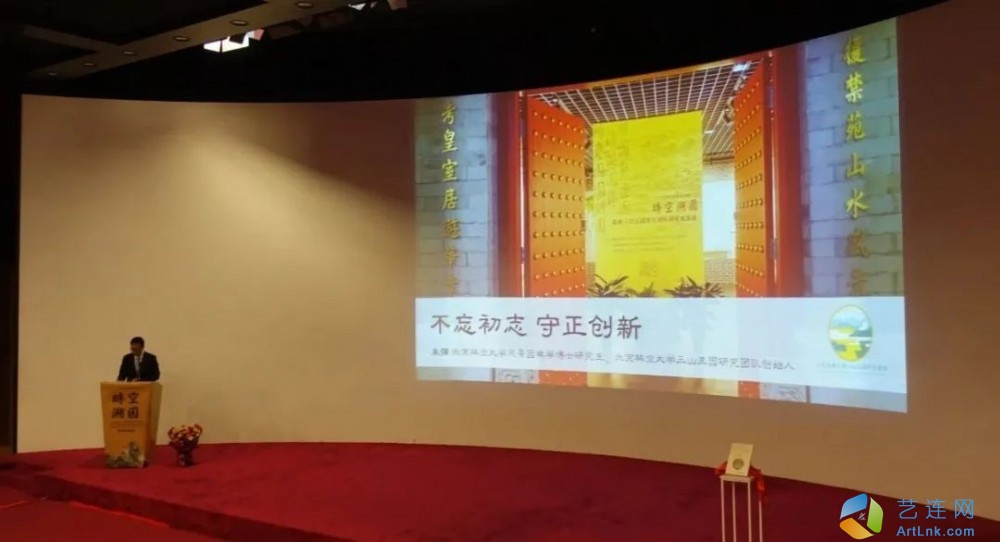
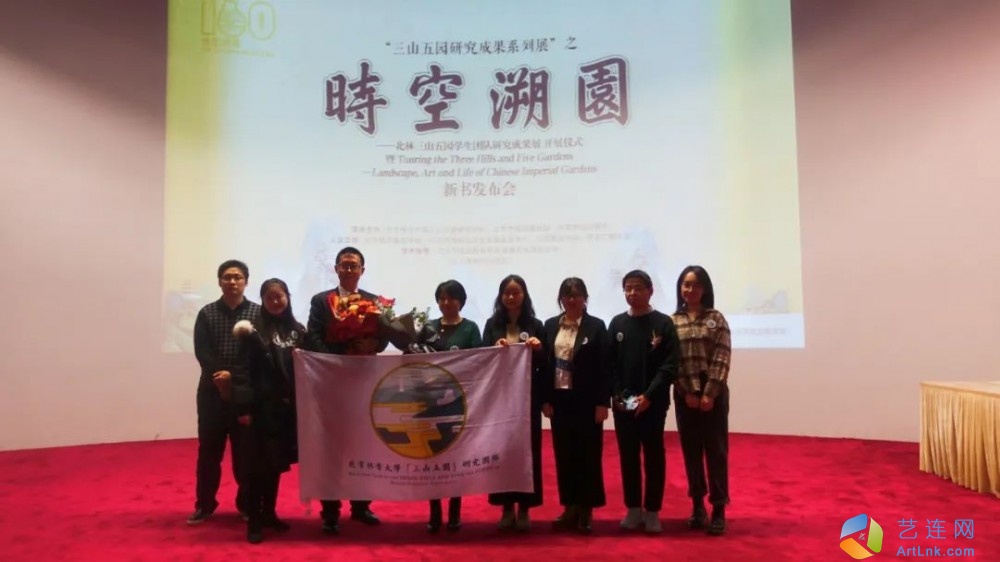
展讯 | “三山五园研究成果系列展”之“时空溯园——北林三山五园学生团队研究成果展”开幕
【展览地点】北京市规划展览馆 三层历史文化名城展区
(北京市东城区前门东大街20号,建议通过公共交通前往,乘地铁在前门站下车)
【开展时间】2020年12月12日起,每周二至周日9:00-17:00
【参观方式】通过“北京市规划展览馆”微信公众号预约即可免费参观
【语音讲解】通过“北林三山五园研究”微信公众号输入对应展品编号即可收听
